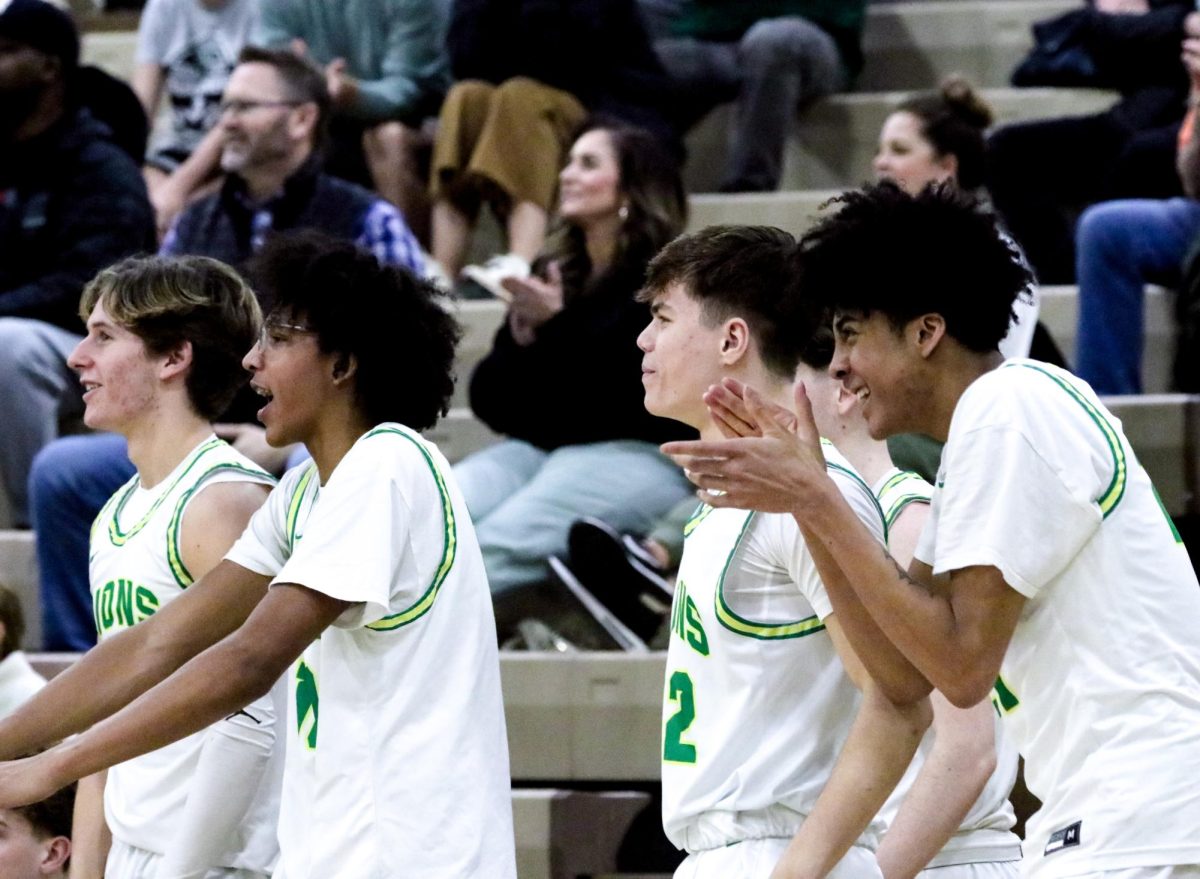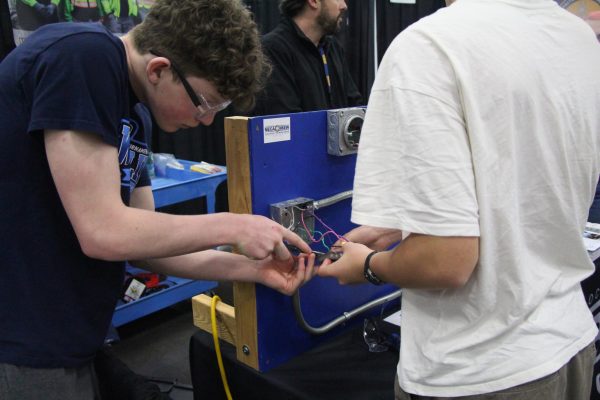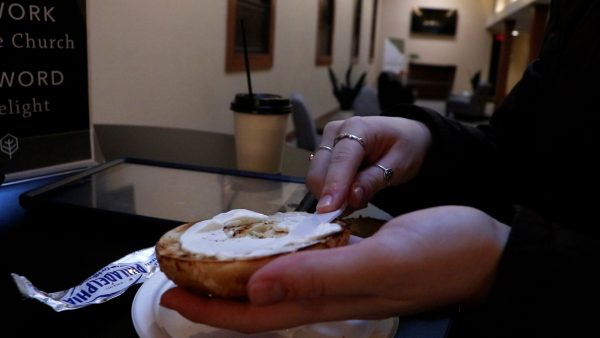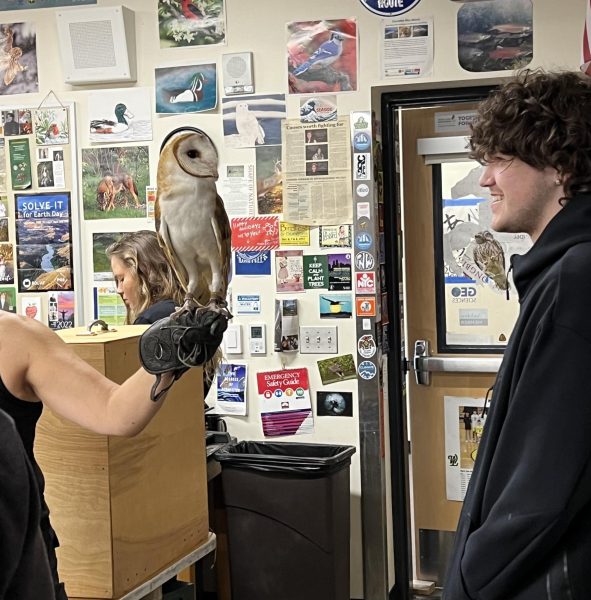Enjoying the eclipse
Staff members traveled across the state to view rare celestial phenomena
On Aug. 21, Americans witnessed a once-in-a-generation celestial event as the shadow of the moon made its way from Oregon through South Carolina.
“We ate eggs, sunny-side up, drank Sunny D, listened to ‘Total Eclipse of the Heart’ and said ‘in totality’ essentially after everything,” Kimberly Gwin, counselor, told the Amplifier over email.
Gwin was one of many staff members who celebrated the event.
The solar eclipse occurs when the moon covers the sun, casting its umbra across the Earth. At 100 percent totality, day suddenly turns to night. The corona, the sun’s outermost atmosphere, becomes visible to the naked eye, as well as the stars, Venus, Mercury, Mars and Jupiter. After two minutes, the moon passes over and the world keeps spinning.
From West Linn, the moon covered 99.8 percent of the sun at its peak, 10:19 a.m, according to the Astronomical Applications Department of the U.S. Naval Observatory. Many school staff members enjoyed viewing it here and from neighborhoods nearby, as evidenced by responses to an email Amplifier sent out to staff.
Shawn and Julie McDevitt, physics teachers, enjoyed french toast with family in West Linn.
“It was very spectacular and pretty cool,” Julie wrote, “That we could view the solar eclipse from our neighborhood here in West Linn!”
Holly Scheid, bookkeeper, also viewed the event over breakfast with family.
“I was getting tired of the hype before,” Scheid wrote, “But in the end I understood how very special it was.”
Driving across Oregon as far as Prairie City, others chose to view complete totality. Only at 100 percent can everything be viewed without safety glasses.
Ann Breyne, photography teacher, celebrated her 13th anniversary with her husband at the Zoar Lutheran Cemetery on Walnut.
Paul Hanson, vice principal, viewed the eclipse from Woodburn with his wife. Diane Gauthier, art teacher, drove to a field between Silverton and Sublimity.
“It was the perfect, rural, peaceful setting to watch the eclipse!” Gauthier wrote. “I was moved to tears for the nearly two minutes of totality.”
Meagyn Karmakar, English teacher, went to McMinnville with her husband and their two boys.
“It was spectacular!” Karmakar wrote. “I cried and my boys thought it was an epic moment!”
Kathleen Terner, math teacher, went to Depoe Bay with family and friends, one of the first cities to see the event.
“The total eclipse lasted for two minutes where we were,” Terner wrote, “But we were so caught up in it that it seemed like a much shorter amount of time.”
Of the staff members the Amplifier contacted, Wind Lothamer and Geoff Bingham, art and science teachers, respectively, traveled the farthest: Lothamer to John Day and Bingham to Prairie City.
“The corona was one of the most beautiful things I have seen,” Bingham wrote. “I would make that drive and do it again in a heartbeat!”
Your donation will support the student journalists of West Linn High School. Your contribution will allow us to continue to produce quality content by purchasing equipment, software, and continuing to host our website on School Newspapers Online (SNO).

Amateur magician and wannabe improv comedian Philip Chan has been writing for The Amplifier since his freshman year. Now co-editor in chief, Chan firmly...




















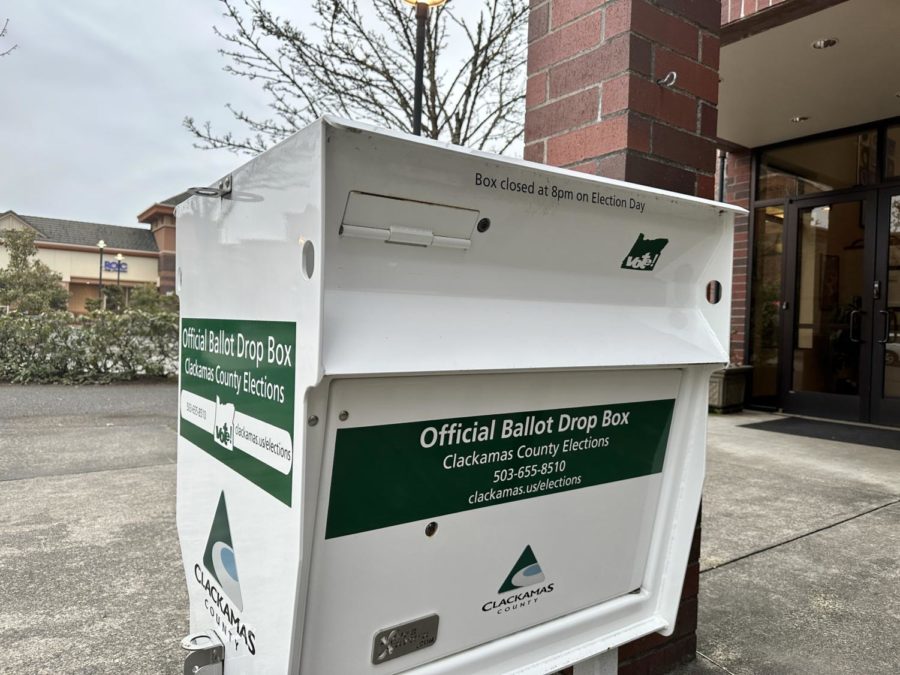



![Game, set, and match. Corbin Atchley, sophomore, high fives Sanam Sidhu, freshman, after a rally with other club members. “I just joined [the club],” Sidhu said. “[I heard about it] on Instagram, they always post about it, I’ve been wanting to come. My parents used to play [net sports] too and they taught us, and then I learned from my brother.”](https://wlhsnow.com/wp-content/uploads/2024/03/MG_7715-2-1200x800.jpg)
![At the bottom of the third inning, the Lions are still scoreless. Rowe stands at home plate, preparing to bat, while Vandenbrink stands off to the side as the next batter up. Despite having the bases loaded, the team was unable to score any runs. “It’s just the beginning of the season. We’re just going to be playing out best by June, [and] that’s where champions are,” Rowe said.](https://wlhsnow.com/wp-content/uploads/2024/03/IMG_3077-1200x900.jpg)






![The teams prepare to start another play with just a few minutes left in the first half. The Lions were in the lead at halftime with a score of 27-0. At half time, the team went back to the locker rooms. “[We ate] orange slices,” Malos said. “[Then] our team came out and got the win.”](https://wlhsnow.com/wp-content/uploads/2023/10/IMG_2385-1200x800.jpg)





